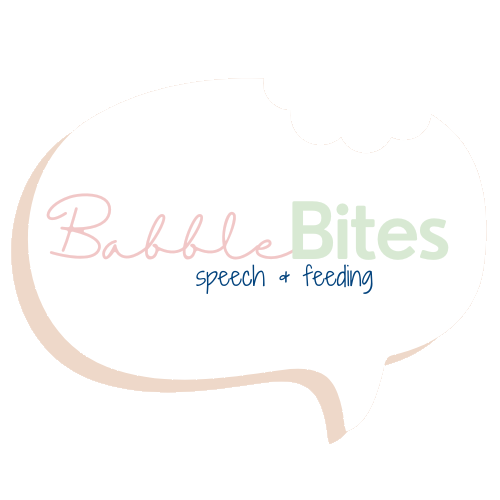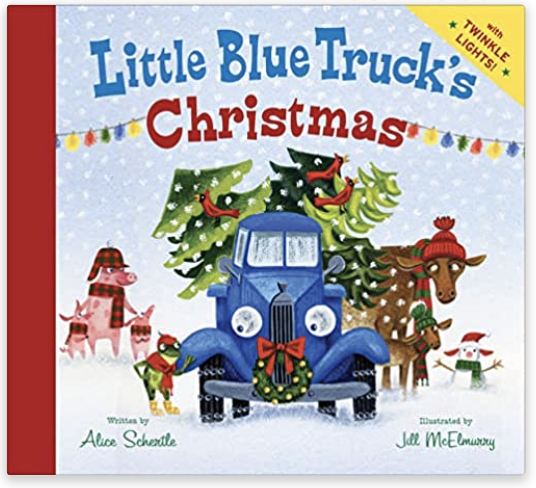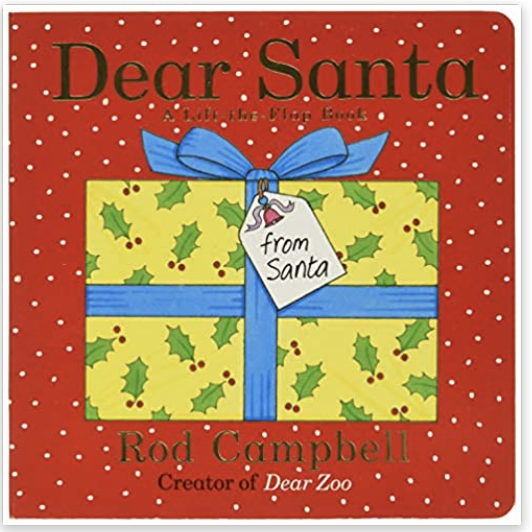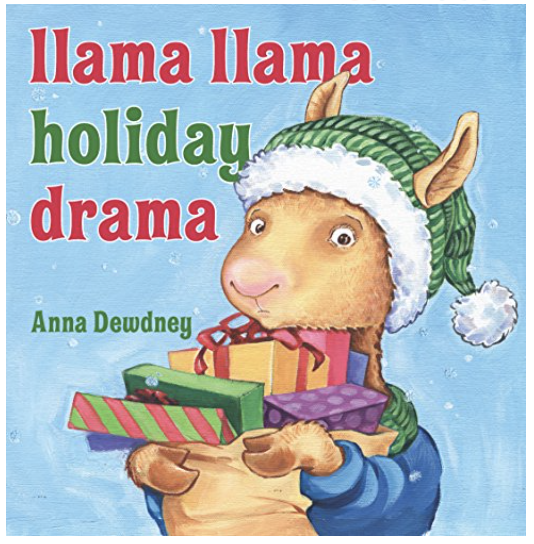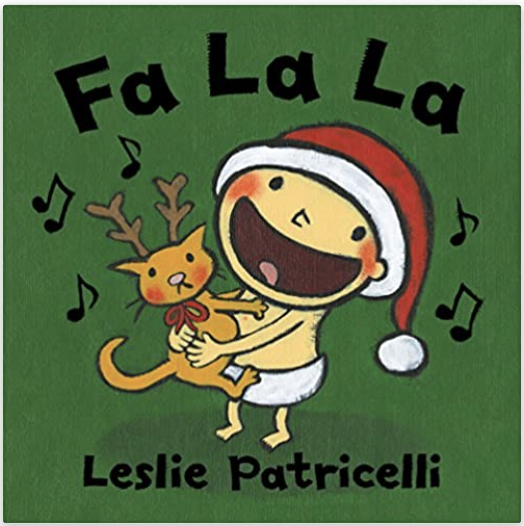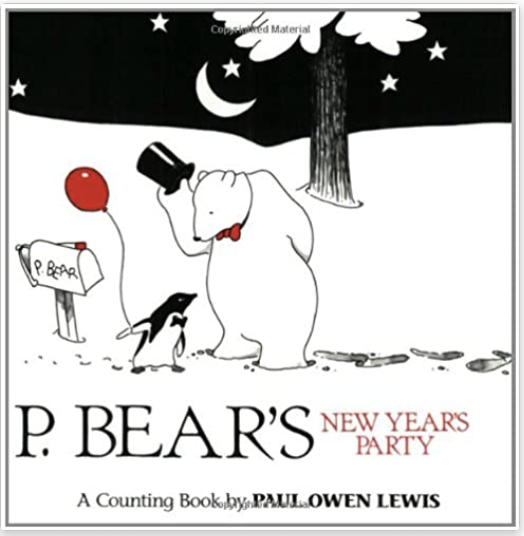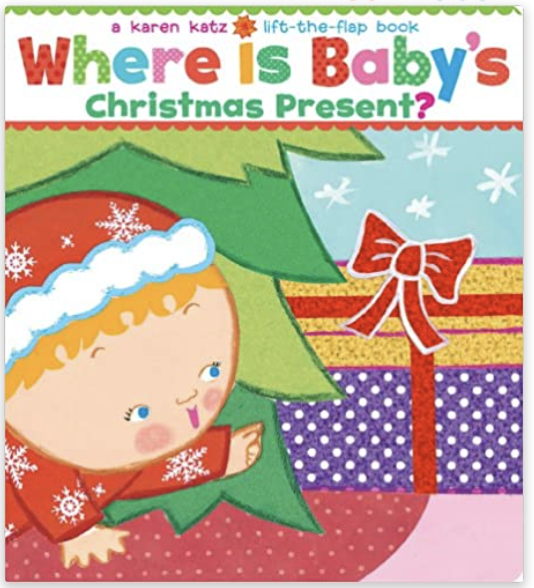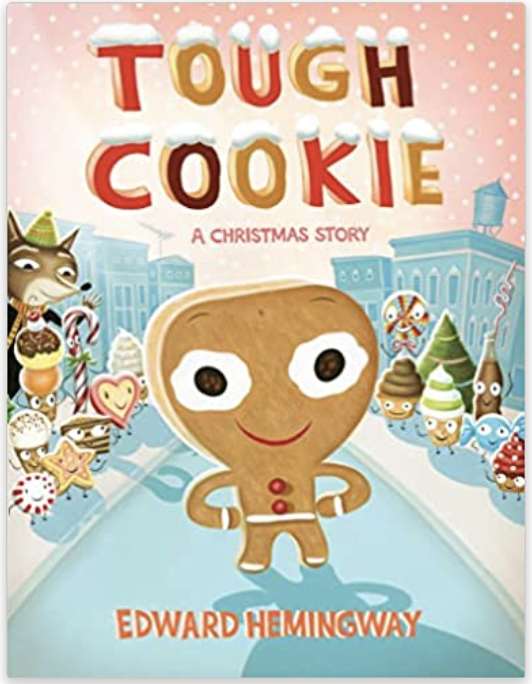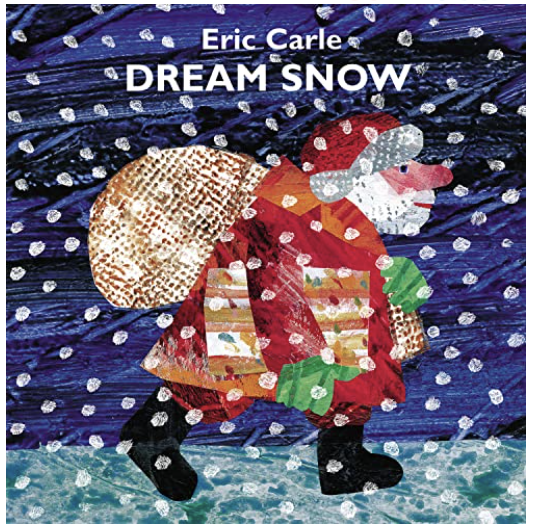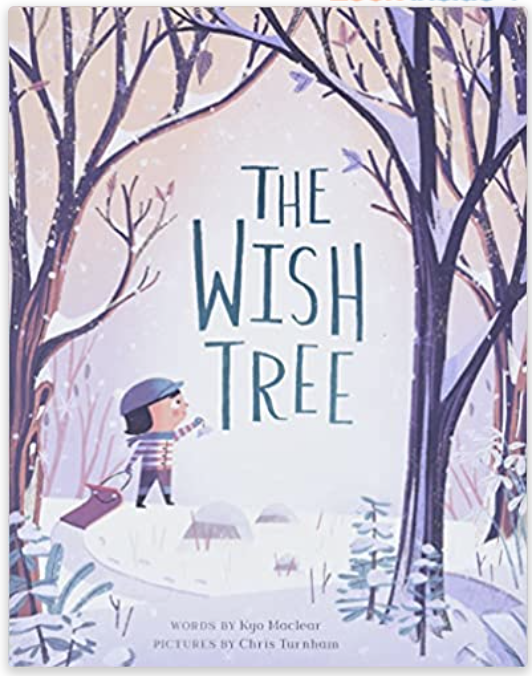Best Winter Holiday Books for Babies and Toddlers for Language Development
Here are my favorite books to read with baby during the winter! Reading themed-books are a great way to expose your little one to new vocabulary, as well as different cultures and experiences. Shared book reading is an evidenced-based practice to increased the number of words your little one is exposed to. Reading one picture book per day with your child can expose them to an estimated 78,000 words each a year , that they might not typically be exposed to in standard parent-child conversations. By reading books repeatedly, you are helping your child solidify their understanding of the new words they are exposed to. Exposing your child to the new words in the “real world” when possible, helps solidify these new words even further! Remember, your child must understand a new word before they are able to use the new word. Sign up for my monthly early-language activity guide to get daily tips and activities to expand your baby and toddler’s language skills.
As an Amazon Associate, we earn from qualifying purchases. This means that at no additional cost to you, if you make a purchase through certain links on this site or any related social media platforms, we may make a small commission. We only feature products that we believe in and use ourselves. Your support means the world to us and allows us to host this website. Thank you!
“Little Blue Truck's Christmas” by Alice Schertle
Follow this familiar character, Little Blue Truck, during his Christmas job to deliver trees around the neighborhood. You can work on counting with your little one, as well as describing each tree. Answer simple who-questions, such as, “Who got the short tree?” Point to the correct animal in the book., or give your toddler verbal choices (e.g. “pig or cow?”).
“Dear Santa” by Rod Campbell
This cute lift-the-flap book has a built in cloze statement, that you can let your toddler fill in once they are familiar with the story. Read, “So he wrapped up a…” and have your toddler lift the flap, while you wait expectantly for them to label the picture to fill in your sentence. This book also helps teach adjectives, by labeling each present as “too…” small, big, messy, etc.
“Llama Llama Holiday Drama” by Anna Dewdney
This Llama Llama story exposes your toddler to holiday traditions and routines that they may encounter over the next month, like shopping for presents, making cookies, playing dreidel, making holiday crafts, and decorating the tree. Reading about these new routines before they occur can help prepare your little one to reduce their chances of having a break down like little Llama, since this may be their first holiday season, or they likely don’t fully remember last year! This story also can expose your little one to “time” words, such as when, now, wait, and days.
“The Very Hungry Caterpillar's 8 Nights of Chanukah” by Eric Carle
In this story, our hungry caterpillar takes us through traditions of Chanukah, broken up into the 8 nights. Expose your toddler to new vocabulary, such as menorah, latkes, dreidel, and mishpacha. There are also good action words you can act out with your child on each page, including eat, sing, dance, light, open, play, and celebrate.
“Goodnight Bubbala: A Joyful Parody” by Sheryl Haft
This cute story is a parody of the classic, “Goodnight Moon,” and exposes your toddler to Yiddish words and a lively bedtime routine while celebrating Hanukkah with the whole family. Look at the pictures with your toddler and describe what you see. This is a good way to keep younger toddlers engaged, rather than sticking to only reading the written words. After reading the story together, you can make the latke recipe together that’s at the end of the book!
“Fa La La” by Leslie Patricelli
This is a great book for babies and young toddlers to introduce them to some holiday routines, such as picking out a tree, decorating, waiting in line to meet Santa, and opening presents. It also gives your baby exposure to some expected language for those routines (e.g. “this one,” “boom,” “be patient,” “my turn,” “open”). This book even has examples of baby filling in a cloze statement (“Fa-la-la-la-la…” “la-la-la-la”, “One, two, three…” “swing!”)! In addition to “Fa-la-la-la-la,” there are other fun sound effects for your baby to try, such as, poke, ouch, ho ho ho, yay, and choo-choo. It even includes some Christmas vocabulary pictures at the end of the story (e.g. ornament, snowman, holly, elf).
“P. Bear's New Years Party” by Paul Owen
This simple story teaches new number and group words to your child, such as few, herd, bunch, several, flock, crowd, and dozen. You can practice counting each set of animals with your toddler. You can also talk about how all of the animals are black and white. You can practice simple who-questions, asking, “Who is at the party?” or “Who came to the party?” Point to the animals, or give your toddler verbal choices (e.g. “zebra or chicken?”) to help them respond.
“Where Is Baby's Christmas Present” by Karen Katz
Another classic “Where is Baby’s” book, the lift-the-flaps keeps your baby engaged in the story and introduces Christmas vocabulary. You can work on following directions with, “Open the…” or “Look behind the…” and understanding prepositions behind, under, and in. You can also work on yes/no questions, by letting your toddler respond “yes” or “no” to the questions in the book (e.g. “Is it under baby’s pillow?”). Shake or nod your head to help your toddler respond correctly, if they don’t answer independently. You can also ask some where-questions, such as, “Where are the stockings?” Your toddler may just respond with a single word, such as, “pillow,” “bed,” or, “here,” and you can model the whole phrase, such as, “Under the pillow!”
“Tough Cookie: A Christmas Story” by Edward Hemingway
This cute story is a different take on the gingerbread man. This story is filled with verbs you can act out while reading, as well as cookie-themed figurative language with double meanings (e.g. half-baked, cookie cutter, tough cookie) that will be great for your child’s language development as they get older. For younger toddlers that can’t sit yet for longer stories, you can look at and describe the pictures, as well as interact with the pictures, such as pretending to eat the cookie, pretend to spit the tough cookie out, make your fingers “run” the race, and pretend to hang ornaments on the tree. For older toddlers, you can play “find the…” to work on language comprehension (e.g. “Find the green cupcake running the race,” or, “Find the green present sitting on the bench”). After reading this story, you can also make your own salt dough ornaments with your little one using the recipe at the end of the book!
“My First Kwanzaa” by Karen Katz
“My First Kwanzaa” is geared towards teaching toddlers about the traditions of Kwanzaa. Expose your toddler to new Kwanzaa vocabulary, and the seven principals that are celebrated each night. Interact with the pictures, such as pretending to place the vegetables on the straw mat, pretending to play the instruments on the page, dancing, and pretending to plant the flowers.
“Dream Snow” by Eric Carle
This Eric Carle story helps you practice counting with your toddler. Once you’ve read this story a few times, it provides great opportunities to use the cloze statement strategy. Read the repetitive sentence, “The snowflakes gently covered One with a white…” pause and look expectantly for your child to fill in the last word, “blanket.”
“The Wish Tree” by Kyo Maclear
“The Wish Tree” provides repetitive opportunities for your toddler to imitate fun sounds such as, “la-di-da-dee-da,” and “wishhhh.” You can also see if your toddler can imitate you dragging your finger on the trail the toboggan is making in the snow, while making a sound effect (e.g. “whooshhhh”). If your toddler is starting to put 2-word phrases together, see if they can imitate the phrase, “help ____”, each time the boy helps an animal (e.g. “help fox,” “help owl,”) and say goodbye to each animal (e.g. “bye bye beaver”).
“Everybody’s Tree” by Barbara Joosse
“Everybody’s Tree” is full of rhyming words, which helps with phonological awareness and early reading skills. It is also full of descriptive adjectives, like sturdy, tall, wide, towering, soft, warm, cozy, twinkle, and glitter. There are also a lot of words and phrases that are repeated, which helps emphasize them, and makes them stand out for your little one to learn (e.g. “gently, gently,” “we will, we will", ”at last, at last”). There are also fun sound effects you can see if your baby will imitate, as children often imitate sound effects before imitating words (e.g. creak, chug, ting-a-ling).
Check back through the winter months for newly added books!
Click the image below to save for later and share on Pinterest!
